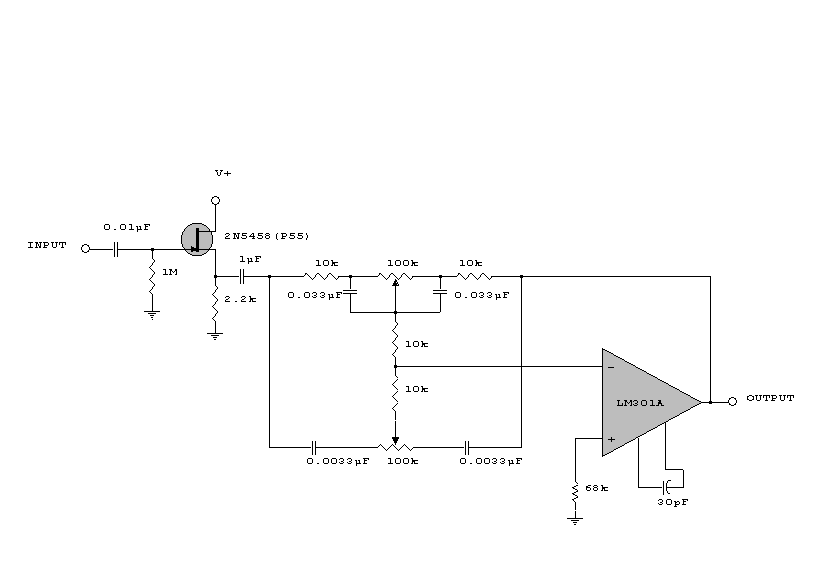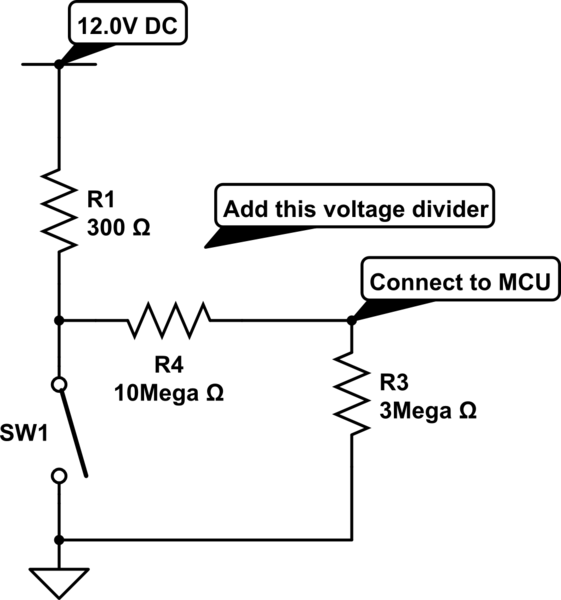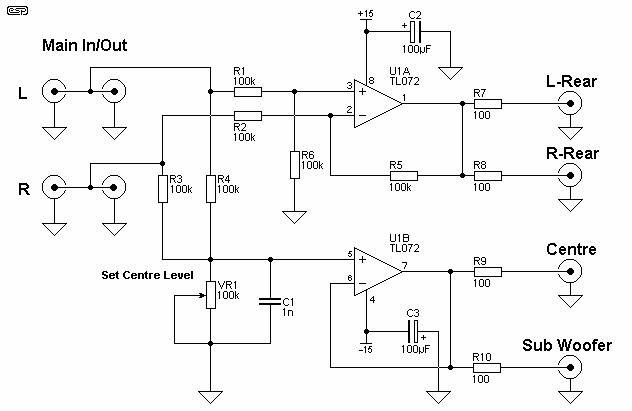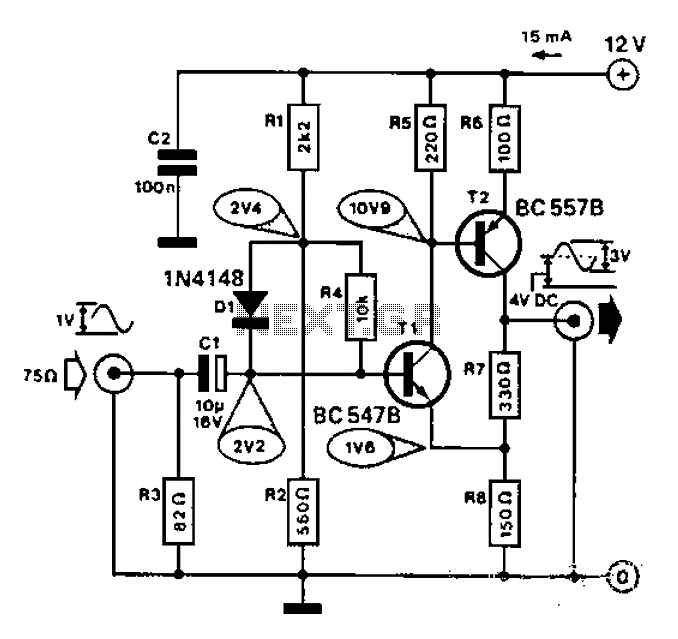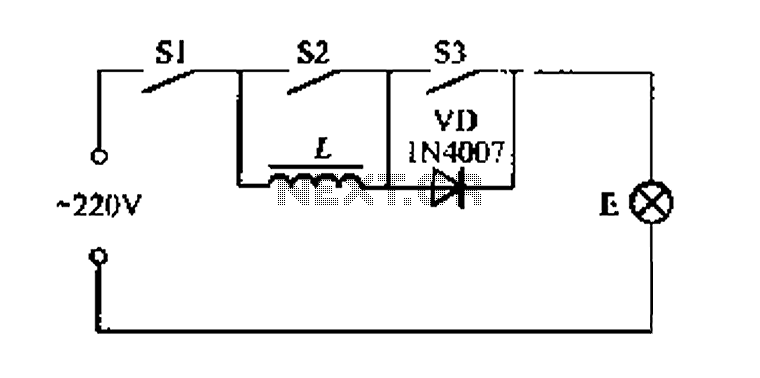
Simple Pre-Regulator
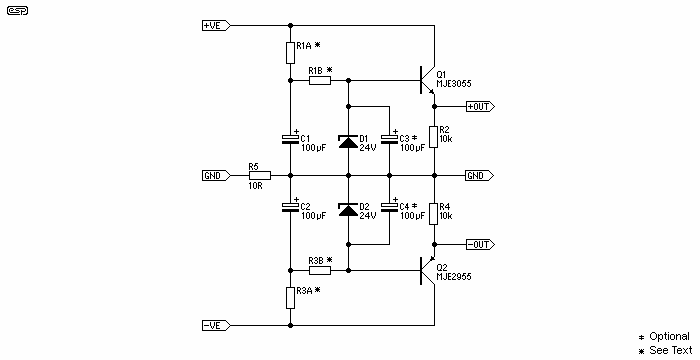
There will be many times where it is desirable to use the P05 supply module from a higher voltage source. For example, if you want to add balanced inputs to a power amplifier, then you need a +/-15V supply, but the amp's supply voltage will be much too high for the regulator ICs.
The P05 supply module is designed to convert a higher voltage source into a dual-polarity output, specifically providing a ±15V supply that is often required in audio applications, such as for balanced input stages in power amplifiers. This module typically utilizes linear voltage regulation techniques to ensure low noise and ripple, which are critical in audio applications to maintain signal integrity.
The circuit configuration generally includes a transformer to step down the high voltage AC input to a lower AC voltage suitable for the regulator ICs. After rectification, the AC voltage is converted to DC, and large filter capacitors are employed to smooth the rectified voltage. The regulator ICs, which are often low-dropout (LDO) types, are then used to provide the precise ±15V output.
To ensure stability and performance, it is essential to include appropriate decoupling capacitors close to the output of the regulator ICs. These capacitors help to filter out high-frequency noise and provide transient response during load changes. Additionally, thermal management considerations must be taken into account, as the regulator ICs may dissipate significant heat depending on the load current and the difference between input and output voltages.
The output from the P05 supply module can be used to power various audio components, ensuring that they operate within their specified voltage range while minimizing the risk of damage from higher voltage sources. Proper layout and grounding techniques are crucial in the PCB design to reduce the potential for noise coupling and ensure reliable operation of the audio system.There will be many times where it is desirable to use the P05 supply module from a higher voltage source. For example, if you want to add balanced inputs to a power amplifier, then you need a +/-15V supply, but the amp`s supply voltage will be much too high for the regulator ICs.
🔗 External reference
The P05 supply module is designed to convert a higher voltage source into a dual-polarity output, specifically providing a ±15V supply that is often required in audio applications, such as for balanced input stages in power amplifiers. This module typically utilizes linear voltage regulation techniques to ensure low noise and ripple, which are critical in audio applications to maintain signal integrity.
The circuit configuration generally includes a transformer to step down the high voltage AC input to a lower AC voltage suitable for the regulator ICs. After rectification, the AC voltage is converted to DC, and large filter capacitors are employed to smooth the rectified voltage. The regulator ICs, which are often low-dropout (LDO) types, are then used to provide the precise ±15V output.
To ensure stability and performance, it is essential to include appropriate decoupling capacitors close to the output of the regulator ICs. These capacitors help to filter out high-frequency noise and provide transient response during load changes. Additionally, thermal management considerations must be taken into account, as the regulator ICs may dissipate significant heat depending on the load current and the difference between input and output voltages.
The output from the P05 supply module can be used to power various audio components, ensuring that they operate within their specified voltage range while minimizing the risk of damage from higher voltage sources. Proper layout and grounding techniques are crucial in the PCB design to reduce the potential for noise coupling and ensure reliable operation of the audio system.There will be many times where it is desirable to use the P05 supply module from a higher voltage source. For example, if you want to add balanced inputs to a power amplifier, then you need a +/-15V supply, but the amp`s supply voltage will be much too high for the regulator ICs.
🔗 External reference
